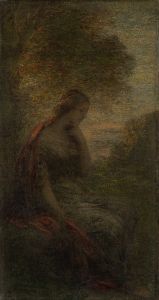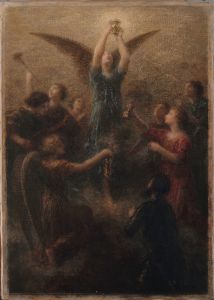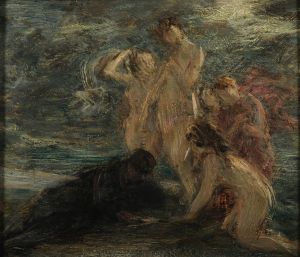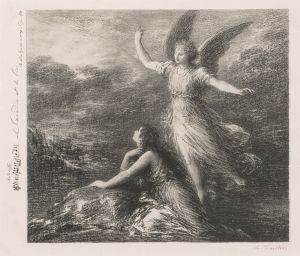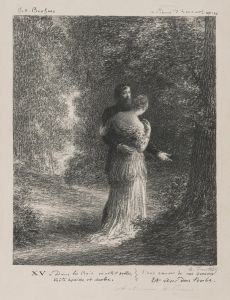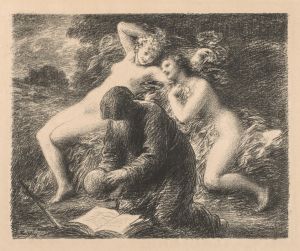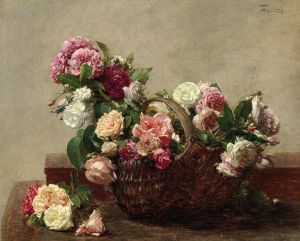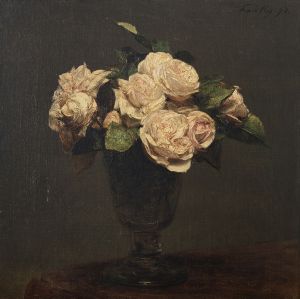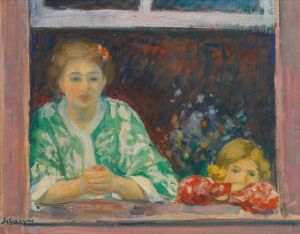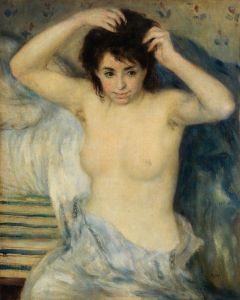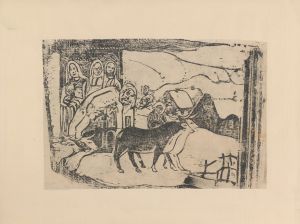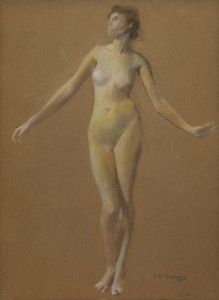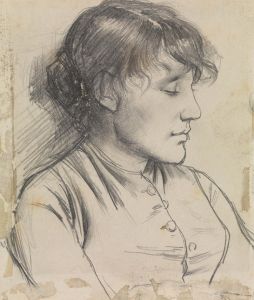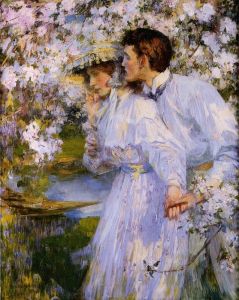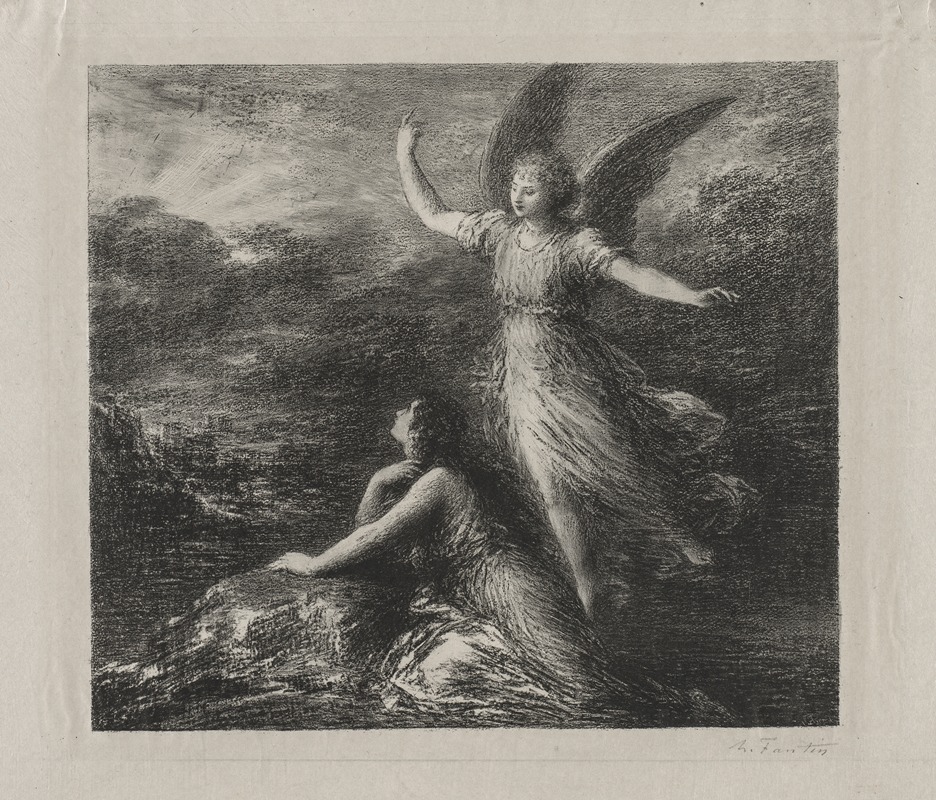
Le Paradis et la Peri
A hand-painted replica of Henri Fantin-Latour’s masterpiece Le Paradis et la Peri, meticulously crafted by professional artists to capture the true essence of the original. Each piece is created with museum-quality canvas and rare mineral pigments, carefully painted by experienced artists with delicate brushstrokes and rich, layered colors to perfectly recreate the texture of the original artwork. Unlike machine-printed reproductions, this hand-painted version brings the painting to life, infused with the artist’s emotions and skill in every stroke. Whether for personal collection or home decoration, it instantly elevates the artistic atmosphere of any space.
Henri Fantin-Latour was a renowned French painter and lithographer, celebrated for his exquisite still lifes and group portraits of Parisian artists and writers. One of his notable works is "Le Paradis et la Péri," which translates to "Paradise and the Peri." This painting is inspired by the music of Robert Schumann, specifically his oratorio "Das Paradies und die Peri," which itself is based on a story from Thomas Moore's "Lalla Rookh."
Fantin-Latour was deeply influenced by music, and this particular work is a testament to his ability to translate musical compositions into visual art. "Le Paradis et la Péri" reflects his fascination with the interplay between music and painting, a theme that recurs throughout his oeuvre. The painting captures the ethereal and otherworldly essence of the story, which revolves around a Peri, a mythical fairy-like being from Persian mythology, who is seeking redemption and entrance into paradise.
Fantin-Latour's approach to this painting is characterized by his delicate use of color and light, creating a dreamlike atmosphere that mirrors the mystical qualities of Schumann's music. The composition is carefully balanced, with figures and elements arranged to guide the viewer's eye through the narrative. His technique demonstrates a mastery of blending and layering, resulting in a soft, almost ethereal quality that enhances the painting's otherworldly theme.
The artist's choice to depict scenes inspired by music was not uncommon during this period, as many artists sought to explore the connections between different art forms. Fantin-Latour's work is a prime example of this interdisciplinary approach, where visual art and music converge to create a holistic sensory experience. His paintings often evoke the mood and emotion of the musical pieces they are based on, allowing viewers to engage with the artwork on multiple levels.
"Le Paradis et la Péri" is a reflection of Fantin-Latour's broader artistic philosophy, which emphasized the importance of capturing the spirit and emotion of his subjects. His ability to convey the intangible qualities of music through painting is a testament to his skill and creativity. This work, like many of his others, demonstrates his commitment to exploring the boundaries of visual art and its relationship with other artistic disciplines.
Fantin-Latour's legacy as an artist is marked by his unique ability to blend realism with symbolism, creating works that are both technically proficient and deeply expressive. "Le Paradis et la Péri" stands as a significant example of his contribution to the art world, showcasing his talent for translating the ephemeral beauty of music into a lasting visual form. Through this painting, he invites viewers to experience the harmony and beauty of the arts in a unified and immersive way.
Overall, Henri Fantin-Latour's "Le Paradis et la Péri" is a compelling example of 19th-century art that bridges the gap between music and painting, offering a glimpse into the artist's imaginative interpretation of Schumann's composition. It remains a testament to Fantin-Latour's artistic vision and his enduring influence on the world of art.





